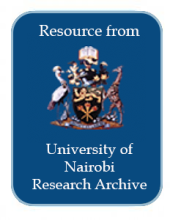/ library resources
Showing items 1 through 9 of 328.This essay argues that an awareness of the historical relation- ships among land use, land tenure, and the political economy of Mongolia is essential to understanding current pastoral land use patterns and policies in Mongolia.
Grazing leads to the reduction of biomass and plays a critical role in land degradation in arid and semiarid lands. However, the indirect effects of grazing on the ecosystem, e.g., the effect on seed dispersal, have not been well understood.
Farm abandonment and over-extensification trends in less-favored livestock breeding areas in the Mediterranean have led to socio-environmental issues that are difficult to assess and address, due to the characteristics of these areas (e.g., poor data availability and reliability).
Despite their recognized agricultural sustainability benefits, mixed crop-livestock farms have declined in the Northern hemisphere.
Recent forecasts show a need to increase agricultural production globally by 60% from 2005 to 2050, in order to meet a rising demand from a growing population.
Discussions about climate change have repeatedly regarded livestock as responsible for a significant contribution of greenhouse gas emissions.
The impact of land use and cover change on soil quality and pasture production was investigated
in the rangelands of Nakasongola District, Uganda, Landsat (TM) images of 1986 and 1990 and
Landsat (ETM+) of 2000 and 2004 for Nakasongola District were used to determine the extent
Rangelands in semi-arid Kenya have recently witnessed extensive land use changes. These changes
can mainly be attributed to increased livestock populations and the response of the increased human
Pagination
Land Library Search
Through our robust search engine, you can search for any item of the over 73,000 highly curated resources in the Land Library.
If you would like to find an overview of what is possible, feel free to peruse the Search Guide.




